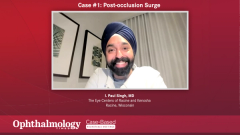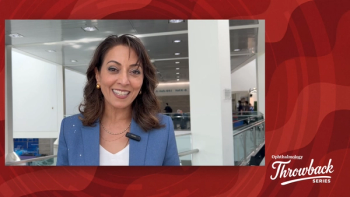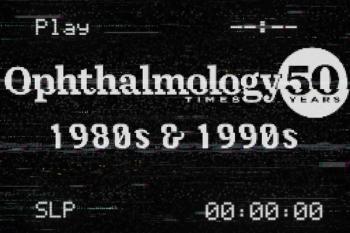
Surgical Pearls for Phacoemulsification
Paul Singh, MD, shares key takeaways from the roundtable meeting and other surgical pearls to enhance phacoemulsification outcomes.
I. Paul Singh, MD: Well, we had a great discussion. You know what I love so much about ophthalmology and eye surgery is that there's no one right or wrong way of doing something. We all have different approaches, techniques, and each patient is so different. Some key takeaway pearls is to establish your comfort zone first. You don't have to try every technique, you don't have to try every machine, but establish your comfort zone and feel good about the various steps of cataract surgery. Remember, each step of cataract surgery leads to the next step. How good your wounds are, how good your capsulotomy is, if it's nice and circular, is it too big, too small, how well do you hydro-dissect, which will loosen the lens up? Then depending on the anatomy, depending on how well you hydro-dissected will depend on what type of technique you use, whether it's a flip and chip, stop and chop, a chop, a divide and conquer. Each surgery, each patient, and the anatomy will give you a sense of what you need to do. So, you may try to be a stop and chop person, or let's say, a divide and conquer technique type of a surgeon, but there might be situations where the lenses flips up into the antichamber and you become a flip and chip surgeon. Then what we talked about on the roundtable was being able to adapt. Once you feel comfortable with your skillset as a surgeon, then you adapt to the circumstance and being able to go with the flow. The lens will give you what you need at the time. Sometimes, if the lens is not coming out, and you can't do, let's say, stop and chop, maybe you must cut it more. Do a little bit more divide and conquer. Everybody is different. Every technique is going to be different for each patient. Being aware of that is important. Number 2 is that we must be able to discuss the fact that chamber stability is probably one of the key components of safety now. I think we've gotten so much better with all these phaco machines that we have available to us, but giving us the ability to work in a space that's consistent and stable allows us 2 things: more comfort and more efficiency as well. Being able to balance efficiency and safety is the new approach that we're seeing with a lot of these different phaco machines and a lot of different techniques that we use as well. Lastly, I think what we are realizing too is that with all these different technologies, our expectations are so much higher for us as well as our patients as well. Being able to kind of control as many variables as possible preop and then intraop, I think is so important. And of course the postop education is important as well. Cataract surgery has become so much more refractive than anything else. These small nuances of less phaco energy, less fluidics in the eye, quicker recovery of corneal edema, all those different situations are important because of our expectations of ourselves and of our patients as well. Thank you again for joining. Take care.
Transcript Edited for Clarity
Newsletter
Don’t miss out—get Ophthalmology Times updates on the latest clinical advancements and expert interviews, straight to your inbox.




















































.png)


